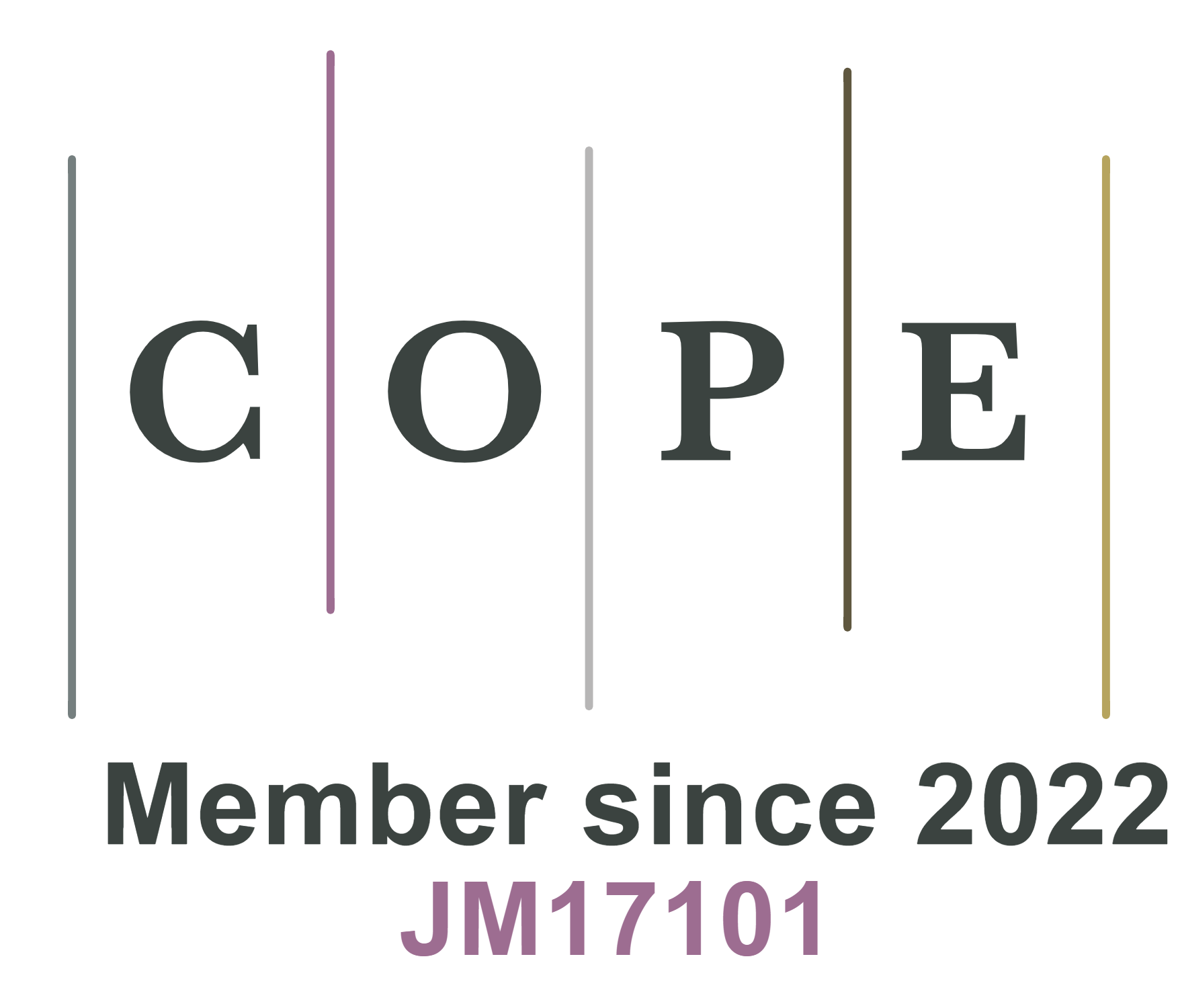Article | Open Access
Scalable solution chemical synthesis and comprehensive analysis of Bi2Te3 and Sb2Te3
Views: 213
Energy Mater 2024;4:[Accepted].
Author Information
Article Notes
Cite This Article
Abstract
Thermoelectric (TE) materials are capable of directly converting heat into electrical energy. However, they sustain costly production procedures and batch-to-batch performance variations. Therefore, developing scalable synthetic techniques for large-scale and reproducible quality TE materials is critical for advancing TE technology. In this study, a facile, high throughput, solution-chemical synthetic technique was developed. Microwave (MW)-assisted thermolysis process, providing energy-efficient volumetric heating, was used for the synthesis of bismuth and antimony telluride (Bi2Te3, Sb2Te3). As-made materials were characterized using a variety of techniques, including XRPD, SEM, TEM, XAS, and XPS. Detailed investigation of the local atomic structure of the synthesized Bi2Te3 and Sb2Te3 powder samples was conducted through synchrotron radiation X-ray absorption spectroscopy (XAS) experiments. Radial distribution functions around the absorbing atoms were reconstructed using reverse Monte Carlo simulations, and effective force constants for the nearest and distant coordination shells were subsequently determined. The observed differences in the effective force constants support high anisotropy of the thermal conductivity in Bi2Te3 and Sb2Te3 in the directions along and across the quintuple layers in their crystallographic structure. The as-made materials were consolidated via Spark Plasma Sintering to evaluate thermal and electrical transport properties. The sintered TE materials exhibited low thermal conductivity, achieving the highest TE figure-of-merit (ZT) values of 0.7 (573 K) and 0.9 (523 K) for n-type Bi2Te3 and p-type Sb2Te3, respectively, shifted significantly to the high temperature region when compared to earlier reports, highlighting their potential for power generation applications. The scalable, energy- and time-efficient synthetic method developed, along with the demonstration of its potential for TE materials, opens the door for a wider application of these materials with minimal environmental impact.
Keywords
Thermoelectric materials, microwave-assisted synthesis, X-ray absorption spectroscopy, Reverse Monte Carlo simulations, TE figure-of-merit, thermolysis
Cite This Article
Hamawandi B, Parsa P, Pudza I, Pudzs K, Kuzmin A, Ballikaya S, Welter E, Szukiewicz R, Kuchowicz M, Toprak MS. Scalable solution chemical synthesis and comprehensive analysis of Bi2Te3 and Sb2Te3. Energy Mater 2024;4:[Accept]. http://dx.doi.org/10.20517/energymater.204
Copyright
© The Author(s) 2025. Open Access This article is licensed under a Creative Commons Attribution 4.0 International License (https://creativecommons.org/licenses/by/4.0/), which permits unrestricted use, sharing, adaptation, distribution and reproduction in any medium or format, for any purpose, even commercially, as long as you give appropriate credit to the original author(s) and the source, provide a link to the Creative Commons license, and indicate if changes were made.













